Name Salvador Lutteroth | Died 1987 | |
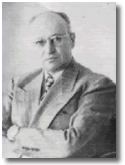 | ||
Visita del sr salvador lutteroth ii a la exposicion de lucha libre una historia jamas contada
Salvador Lutteroth (1897–September 5th 1987; born Salvador Lutteroth González) was a Mexican professional wrestling promoter of the mid-twentieth century. Lutteroth's promotion, Empresa Mexicana de Lucha Libre (EMLL), has been the dominant Mexican promotion since its founding in 1933, until Lutteroth left the company in the 1950s. Under its current name of Consejo Mundial de Lucha Libre (CMLL), it is, to date, the longest running active professional wrestling promotion in the world presenting three weekly matches. Lutteroth was known as the "father of lucha libre," and, in his position as promoter and booker of the dominant promotion, was the most powerful man in Mexican wrestling, and one of the most powerful wrestling executives in the world. He was, in large part, responsible for the widespread fame of the most famous Mexican professional wrestlers of the mid-twentieth century, such as Octavio Gaona,the first Mexican wrestler to win the middle weight championship of the world defeating Gus Kalio, Carlos Tarzan Lopez, El Santo, Gori Guerrero, Rene Guajardo, Karlof Lagarde, Enrique Yañez and the international league wrestler Medico Asesino, Rito Romero, Dorrel Dickson and Mil Mascaras, who wrestled in the United States, Japan and Europe.
Contents
- Visita del sr salvador lutteroth ii a la exposicion de lucha libre una historia jamas contada
- Estreno leyendas del ring salvador lutteroth gonzalez
- Early life
- Wrestling career
- Later years
- Championships and accomplishments
- References
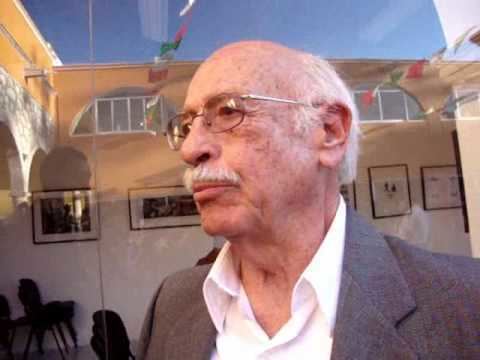
Estreno leyendas del ring salvador lutteroth gonzalez
Early life
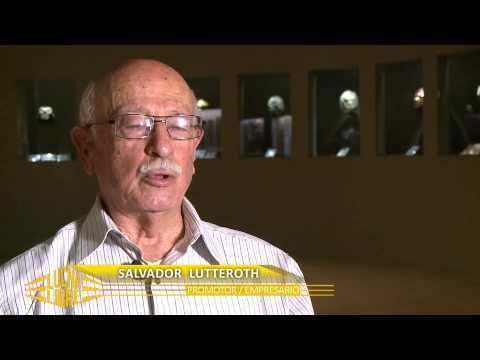
Salvador Lutteroth González was born on March 21, 1897, in Colotlan, Jalisco, though he soon moved to Mexico City, where he went to agriculture school. At age 17, Lutteroth joined the Mexican Revolution, and served as a lieutenant, and captain under the orders of General Alvaro Obregon while battling against the forces of the infamous Pancho Villa, among others. By 1923, he had been promoted to First Captain, but after getting married in 1924 to Armida Camou Olea from Hermosillo, Sonora, he left the military and soon took a job in the Tax Department as a property inspector. He and his wife had four children, Salvador, Hector, Enrique, and Elsa. By 1929, Lutteroth was relocated to Ciudad Juarez, where he was first exposed to the sport of professional wrestling. While there he began regularly attending matches at Liberty Hall in El Paso, Texas, where he became enamored with the personalities of the various competitors, most notably the Greek star, Gus Pappas.
Wrestling career

Lutteroth then decided to bring this entertaining sport back to his native Mexico; and in 1933, he chartered his new company, Empresa Mexicana de Lucha Libre (EMLL), along with his financial partner Francisco Ahumada. After unsuccessful negotiations with the boxing promoters to let him use the premier National Arena, Lutteroth rented out the smaller Modelo Arena, that became the first true home of Lucha Libre. Fans soon began to catch on to the idea of professional wrestling in Mexico; and by the first anniversary of the EMLL, Lutteroth was promoting to gates upwards of 5,000 fans. In 1934, an American wrestler debuted in Mexico under a black, leather mask, and Lutteroth dubbed him "Maravilla Enmascarada" or "The Masked Marvel". Soon after, Lutteroth incorporated the use of other masked wrestlers into Lucha Libre, creating real-life super heroes and villains for the audience to identify with. The idea was a huge success and thus, the modern era of Mexican wrestling was born. It was also around this time that Salvador Lutteroth would discover his first legitimate superstar, the masked icon El Santo, who is generally regarded as the greatest Mexican wrestler of all-time.
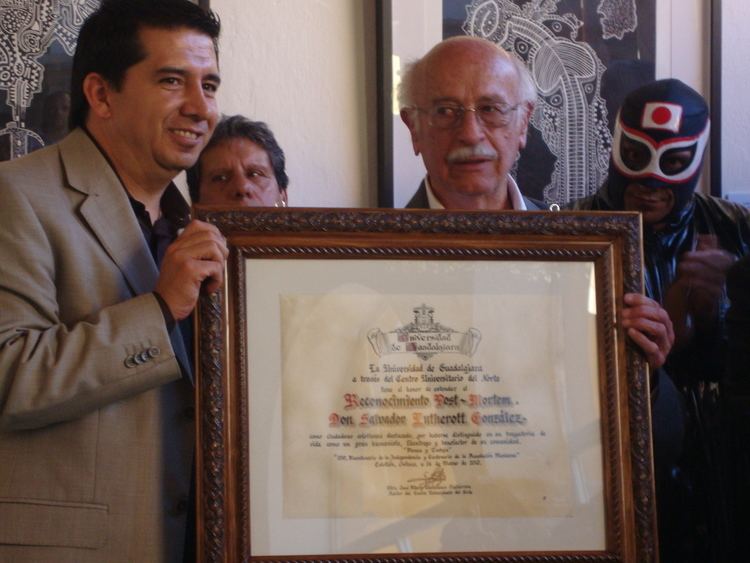
As his fan base continued to grow, Lutteroth and his partners eventually moved to larger and more profitable venues. Through an amazing stroke of luck, Lutteroth then won 40,000 pesos in the Mexican lottery on September 21, 1934, and he immediately poured his winnings (which equates to $3,500 in today's money, but about $40,000 in relative 1934 terms) to renovate the roof and seats for his promotion. By the mid-1940s, the fan base grew so big that Lutteroth constructed the Arena Coliseo, which opened with a capacity for nearly 6,500 seats. As television surfaced as a viable entertainment medium during the 1950s, another struck of luck, the personnel of the Arena Coliseo bought a lotery ticket that won 5 million pesos, it was the first grand prize and Salvador Lutteroth had bought half of the ticket and invested the money on the new Arena Mexico; Lutteroth was then able to broadcast his wrestling across the nation, subsequently yielding a popularity explosion for the sport. Moreover, it was the emergence of television that allowed Lutteroth to promote Lucha Libre's first breakout superstar, El Santo, into a national pop-culture phenomenon.
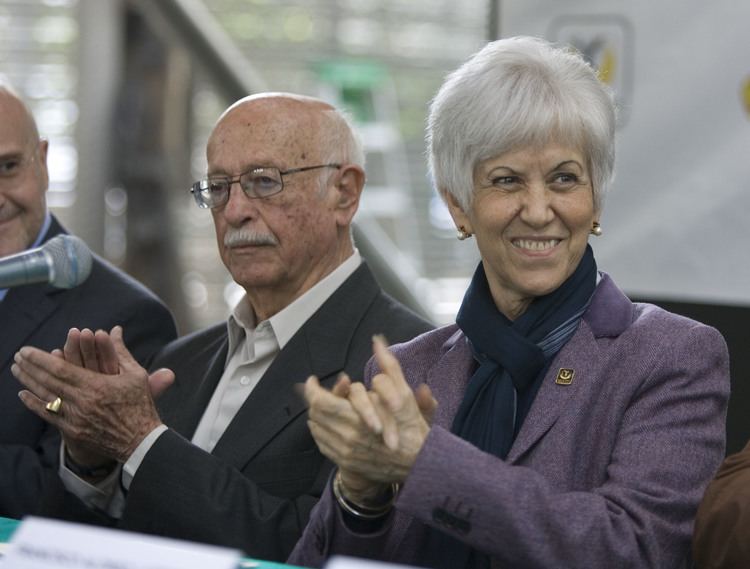
The El Santo persona debuted in the early 1940s as a rudo (heel), and initially engaged in a heated feud with Lutteroth's top babyface, Tarzán López. The Mexican fanbase was so enamored with the mystique and the secrecy of his identity however, that El Santo soon became the company's most popular performer. In addition, Lutteroth insisted that El Santo's face remain covered by a mask at all times, even when he was not performing in the ring. Consequently, Lutteroth transformed El Santo into a mega-babyface; and for the next three decades, he would serve as the preeminent face of EMLL while he also acted in scores of action-adventure motion picture films, which were hugely popular at the time. As a result, El Santo quickly grew into one of Mexico's most popular national celebrities of the 20th century, while the sport of Lucha Libre thus received an unparalleled degree of mainstream attention. Following the mammoth success of El Santo, Lutteroth then frequently pushed additional masked superstar characters, such as the Black Shadow, the Blue Demon, Mil Mascaras, and the Villano's (among others); and to this day, Lucha Libre remains associated with high-flying masked superstars, with Rey Mysterio, Jr., Psicosis, Silver King, and La Parka representing the latest generation of masked luchadores.
The Lutteroth Family continues to serve as Lucha Libre's most powerful promoters while steering the dominant EMLL organization. In addition his stable of emmascarados, Lutteroth also built a roster of legendary performers, including the likes of Gory Guerrero, Cavernario Galindo, Tarzan Lopez, Perro Aguayo, René Guajardo, Dorrel Dixon, Mil Máscaras, Rito Romero, Médico Asesino, Sugi Sito and others, while holding a virtual monopoly on the country's wrestling landscape. Moreover, EMLL achieved international recognition for presenting a distinctive in-ring wrestling style that featured dazzling high-risk maneuvers and superior workrate in contrast to the increased brawling style that was employed in the U.S. Consequently, Mexican Lucha Libre (along with Japanese Puroresu) eventually gained world renown as a significant foreign alternative to American-style professional wrestling.
Later years
However, by the mid-1950s, an aging Lutteroth began to cede control of the EMLL to his son Chavo, who commanded the same level of respect from the wrestlers. Obtaining the recognition from the National Wrestling Alliance (NWA), for the welterweight and light-heavyweight world titles for Mexico, which brought him great pride as promotion in that time was done without television because the mayor of Mexico City, Lic. Ernesto Uruchurtu banned the wrestling matches from being televised, and yet ticket sales at the arena averaged 90% with a maximum capacity of 16,500 seats; wrestlers were brought from Spain, England, Argentina, France, Japan, Korea, and Jamaica among others As a result, on January 16, 1975, NWA Light Heavyweight Champion Ray Mendoza broke away from the new EMLL management, and with the backing of arena promoters Francisco Flores and Benjamin Mora Jr., started a competing federation known as Lucha Libre Internacional, S. C., which has since become known as the Universal Wrestling Association(and the eventual home of longtime champion El Canek). Salvador Lutteroth Jr. retired in 1987; and his grandson Paco Alonso has since taken control of EMLL, which remains the world's oldest wrestling federation while continuing to compete with the UWA and Antonio Peña's AAA promotion. With its fast-paced, athletic style, Lucha Libre is now entrenched among Mexico's top attractions, ranking with soccer and baseball as its most popular pastimes. Moreover, in recent years, Mexican stars like Eddie Guerrero, Rey Mysterio, Jr., Konnan, and Vampiro have also been top draws in the U.S. as well.
